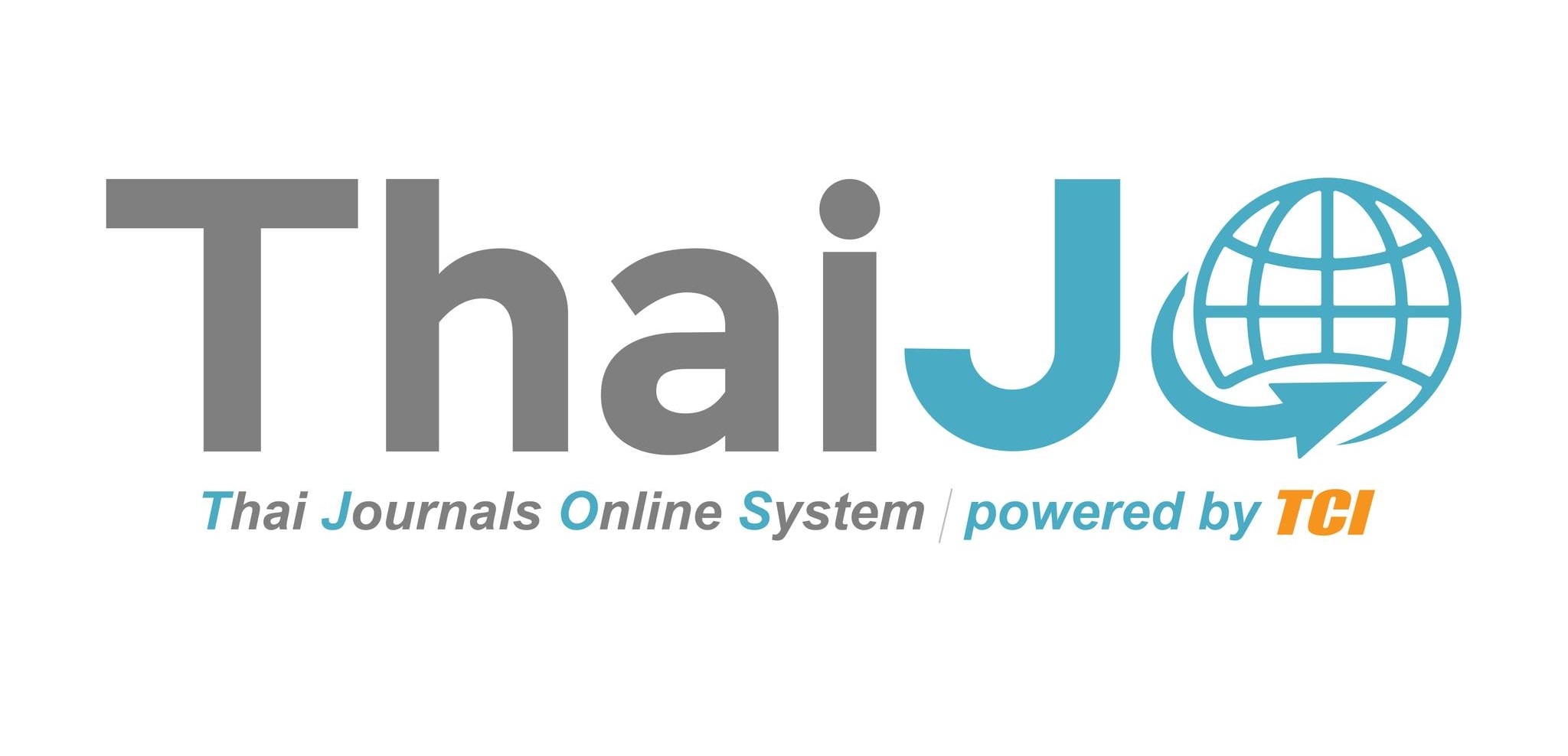The Curriculum for Developing the “Creating Dream Stories Through AI” is Based on Storyline Learning for Year 6 Rome Students Under the Jurisdiction of Phitsanulok Municipality
DOI:
https://doi.org/10.14456/ajld.2024.7Keywords:
Training Courses, Stories, Story Line Learning, Artificial Intelligence, CreativityAbstract
The 2022 PISA results found that nearly 80% of students worldwide have basic creativity. For Thai students, more than half of them struggle to score at a basic creativity level. This resulted in Thailand being ranked 54th out of 64 countries in terms of creativity. Therefore, Thai educational agencies need to look at the problem and work together to develop creativity in children and learners by using various teaching methods and innovations that will help develop creativity. From the above reasons and results, the researcher is interested in conducting research to develop creativity in Grade 6 students of Phitsanulok Municipality. The objectives for this research were 1) To develop and evaluate the quality of a training curriculum titled "Creating Dream Stories through AI" using the storyline learning activity model for Grade 6 students under Phitsanulok Municipality. 2) To implement and study the effects of using the developed training curriculum, specifically: 2.1) Comparing the students' creativity after the training with the criterion of 75%. 2.2) Studying the satisfaction of the trainees towards the training activities. The sample group consisted of 70 Grade 6 students in the academic year 1/2567, selected through simple random sampling by drawing lots, with schools as the sampling units. The research tools used were: the training curriculum, activity plans, a creativity assessment form, and 4) Aasatisfaction questionnaire. The data analysis employed percentage, mean , standard deviation (S.D.), and a t-test one sample method. The findings were as follows: 1. The training curriculum consists of four components including curriculum objectives, content, training activities, and evaluation. The quality of the training curriculum was rated at the highest level. 2. The result of implementation training curriculum found as follow: 2.1 Score creativity after learning is significantly higher than the 75% with the criterion at a significance level of .05 2.2 The students' overall satisfaction with the training activities was rated at a high level.
References
ณิชา พิทยาพงศกร. (2567, 21 มิถุนายน). อย่าแปลกใจ ทำไม ? เด็กไทย…ไม่สร้างสรรค์. https://theactive.net/read/thai-childrens-creativity/
บัญญัติ เศรษฐฐิติ, สุทัศน์ สุรวาณิช, อาทิตย์ พงษ์ทิพย์, ประณต มณีอินทร์, ธนกร พรมโคตรค้า, และ ธนัชยา เกณฑ์ขุนทด. (2566). เทคนิคการจัดการเรียนการสอนแบบ Story Line สไตล์ นวัตกรรมเกษตร. https://rkms.rsu.ac.th/outstanding66-1-4/.
พีรเดช บุญรอด. (2565). การพัฒนาหลักสูตรฝึกอบรมหัตถากาแฟ สำหรับนักศึกษาในระดับอุดมศึกษา [วิทยานิพนธ์ครุศาสตรมหาบัณฑิต ไม่ได้ตีพิมพ์]. มหาวิทยาลัยราชภัฎพิบูลสงคราม.
พิชามนญ์ ผิวอ่อนดี, และ วชิระ จันทราช. (2566). การใช้เทคนิค Storyline และนิทานพื้นบ้านเพื่อส่งเสริมทักษะการอ่านภาษาอังกฤษ เพื่อความเข้าใจของนักเรียนชั้นมัธยมศึกษาปีที่ 1. วารสารศึกษาศาสตร์ มหาวิทยาลัยศิลปากร, 21(2), 261-277.
พิมพ์พันธ์ เดชะ. (2544). การเรียนการสอนที่เน้นผู้เรียนเป็นสําคัญ : แนวคิด วิธีและเทคนิคการสอน. กรุงเทพฯ: เดอะมาสเตอร์กรุ๊ปแมนเนจเม้นท์.
วิชัย วงษ์ใหญ่, และ มารุต พัฒผล. (2564). การพัฒนาความคิดสร้างสรรค์ของผู้เรียน Developing Creativity in Students. บัณฑิตวิทยาลัย มหาวิทยาลัยศรีนครินทรวิโรฒ.
สำนักงานเลขาธิการสภาการศึกษา. (2563). AI เพื่อพัฒนาการเรียนรู้. สำนักพิมพ์พริกหวานกราฟฟิค จำกัด: กรุงเทพฯ.
สุพพัต สกุลดี. (2561). การพัฒนาความคิดสร้างสรรค์ของนักเรียนระดับอนุบาล 1 โดยผ่านการเล่านิทาน. [วิทยานิพนธ์ศึกษาศาสตรมหาบัณฑิต ไม่ได้ตีพิมพ์]. มหาวิทยาลัยธุรกิจบัณฑิตย์.
โสพิศ กันยะ, และ วิไลภรณ์ ฤทธิคุปต์. (2563). การพัฒนาการจัดประสบการณ์การเรียนรู้แบบสตอรี่ไลน์ประกอบนิทานภาพ เพื่อส่งเสริมความสามารถด้านการฟังและด้านการพูดของเด็กปฐมวัยที่ใช้ภาษาไทยเป็นภาษาที่สอง. บัณฑิตศึกษา มหาวิทยาลัยราชภัฏเชียงราย, 13(2), 47-62.
ไชยยศ เรืองสุวรรณ. (2533). เทคโนโลยีการศึกษา : ทฤษฎีและการวิจัย. กรุงเทพฯ: โอเดียนสโตร์.
Koukourikos, A., Karampiperis, P., & Panagopoulos, G. (2014). CREATIVE STORIES: A STORYTELLING GAME FOSTERING CREATIVITY. 11th International Conference on Cognition and Exploratory Learning in Digital Age. 135-142 ISBN: 978-989-8533-23-4
Phillips, L, G. (2018). Storytelling-The Seeds of Children's Creativity. September 2000Australasian Journal of Early Childhood, 25(3), 1-5. DOI:10.1177/183693910002500302
Taba, H. (1962). Curriculum Development: Theory and Practice. New York: Harcourt Brace Jovanovic.
Torrance, E.P. (1974). Torrance tests of creative thinking. Bensenville, IL: Scholastic Testing Service, Inc.
TruePlookpanya. (2566). ทักษะความคิดสร้างสรรค์. https://www.trueplookpanya.com/knowledge/content/93420-careeroverview-careerdevelopment-#google_vignette
Tyler, R. W. (1949). Basic Principles of Curriculum and Instruction. Chicago:The university of Chicago press.
Downloads
Published
How to Cite
Issue
Section
Categories
License
Copyright (c) 2024 Academic Journal of Local Development

This work is licensed under a Creative Commons Attribution-NonCommercial-NoDerivatives 4.0 International License.












